Sniffing out newts for a flood-resilient future
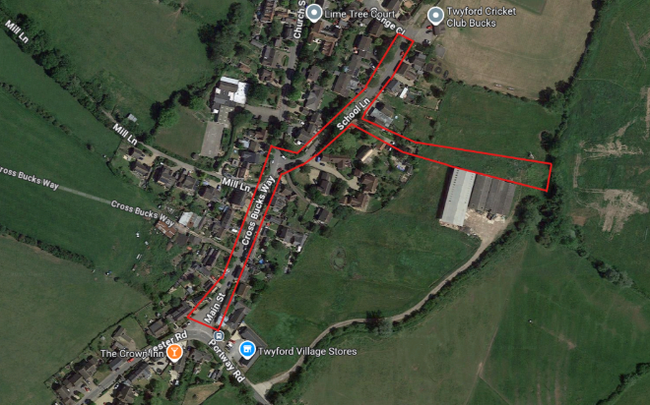
Twyford’s been no stranger to flooding—but this year, we’re digging into a smarter, greener solution. We've protected great crested newts while preparing the village for a more resilient future (and we called on our fluffy friends to help!)
What's happening in Twyford?
Twyford has struggled with flooding over the last five years, and in 2025 our team began planning drainage improvements to help reduce the risk. Our solution involved creating a network of pipes to transfer water from numerous roads and flood-prone areas in Twyford village to Padbury Brook, a small stream managed by the local Internal Drainage Board (IDB). However, doing this would require the pipes to cross areas of farmland which are known to be home to great crested newts, a protected species.
A newt survey was required to check if there were any newts within and around the work area to help us plan our work safely and responsibly.
Why did we need a newt survey?
Before any work could begin, we needed a special license that stated we had put measures in place to ensure no newts would be harmed. Normally, this involves hiring an ecologist for at least 30 days to monitor the area and carry out checks. But we found a quicker, more sustainable solution.
How did we do it differently?
Meet Flo, our specially trained sniffer dog! Flo helped us locate newts within the work area.
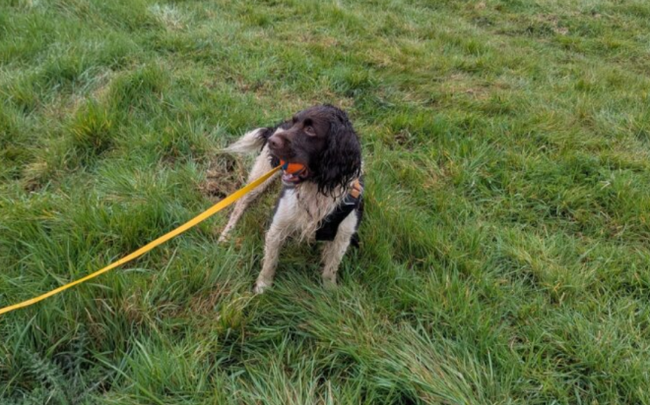
Sniffer dog, Flo.
Sniffer dogs can cover around 100 square metres per minute, meaning Flo was able to complete the full survey in just one day. This saved time, money and reduced carbon emissions compared to the usual method, which would have involved 3,900 miles of travel and over 800kg of CO2.
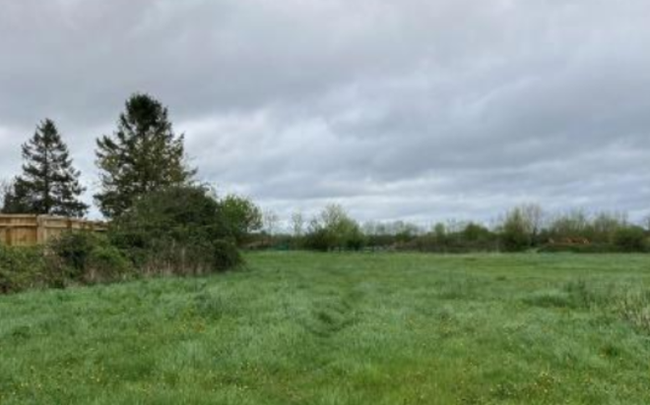
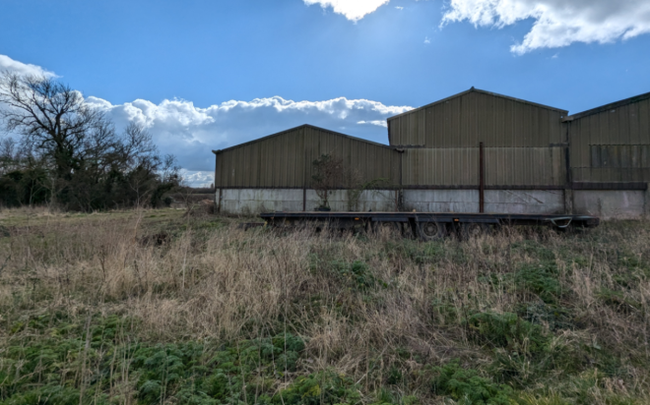
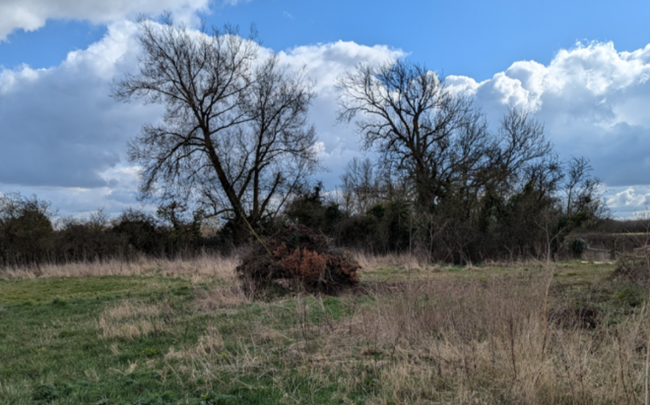
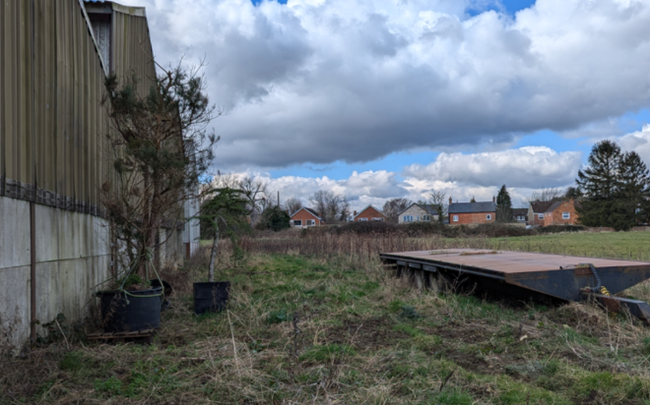
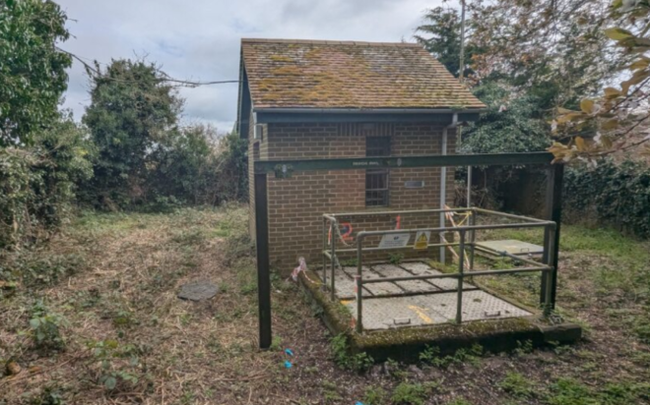
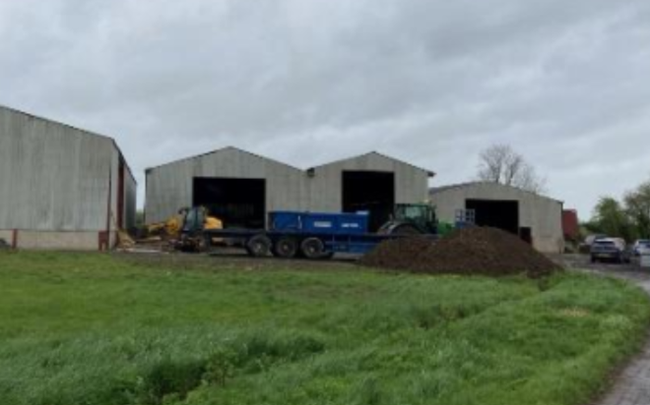
Preparing the site
In spring 2025, we installed special newt fencing to prevent newts from entering the work area. The fencing stretched 335 metres and covered about 3,500 square metres. We also added three special “newt grids” to enable the farmer who owned the land to continue to access his field with his equipment. These newt grids are steel structures with narrow gaps that allow vehicles to pass but are designed so newts can’t cross them. This prevents newts from entering the work site without restricting the movement of heavy machinery. A site visit helped us agree on the best locations for these grids and sped up the process of getting the fencing installed, making the process smoother for everyone.
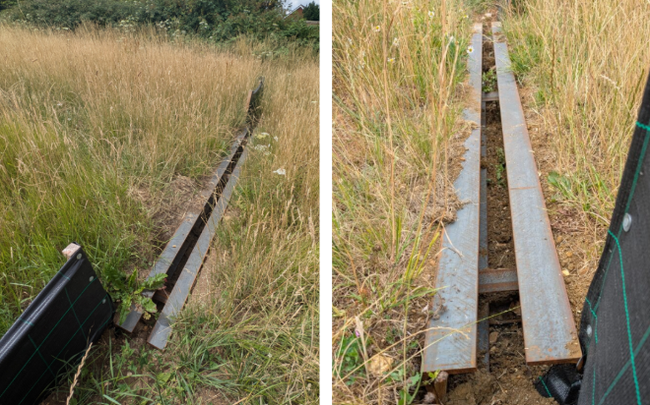
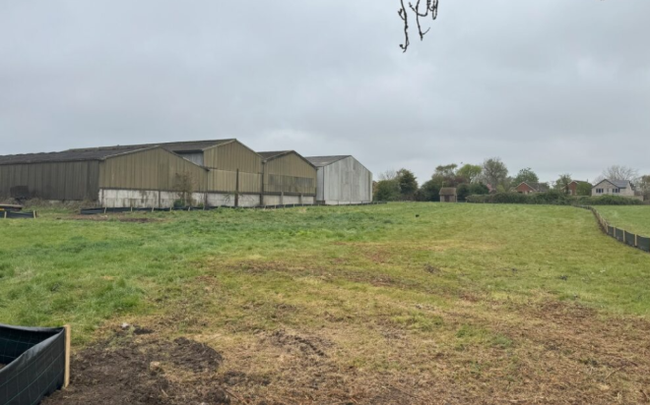
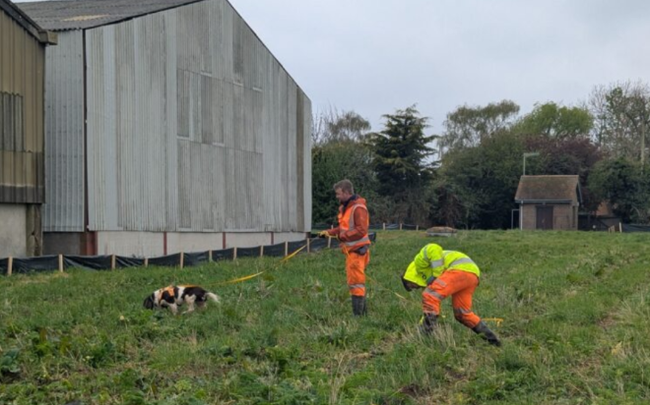
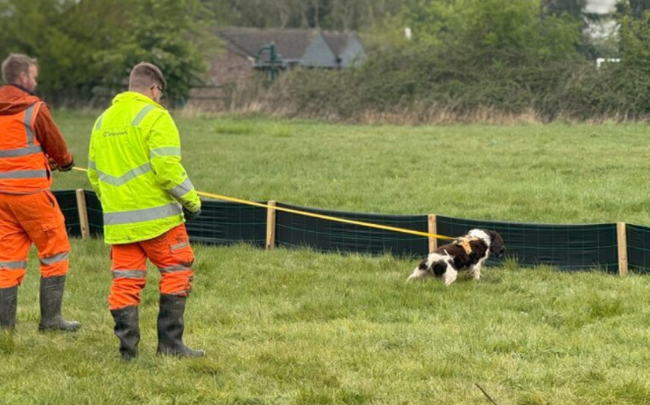
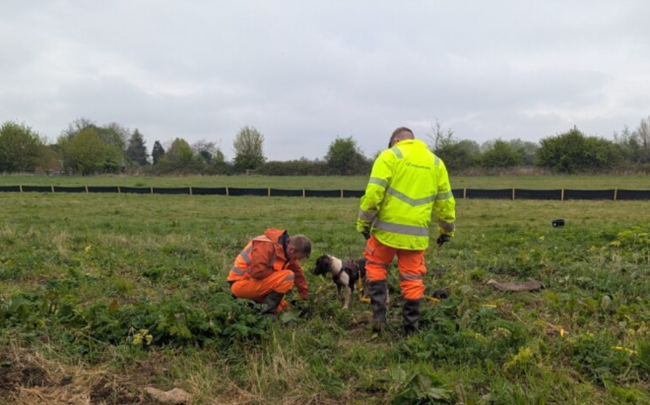
What's next?
Construction for the drainage system is planned for late October 2025. The work will take place in the area shown on the map below.
This project shows how thoughtful planning and creative thinking can make a big difference for the environment and the people involved. By teaming up with Flo, our sniffer dog, instead of traditional ecological monitoring, we were able to save time, reduce carbon emissions and protect an important species. As we move into the construction phase, we will continue to balance progress with care for nature and the local community.

Area where construction for the drainage system is planned for late October 2025.